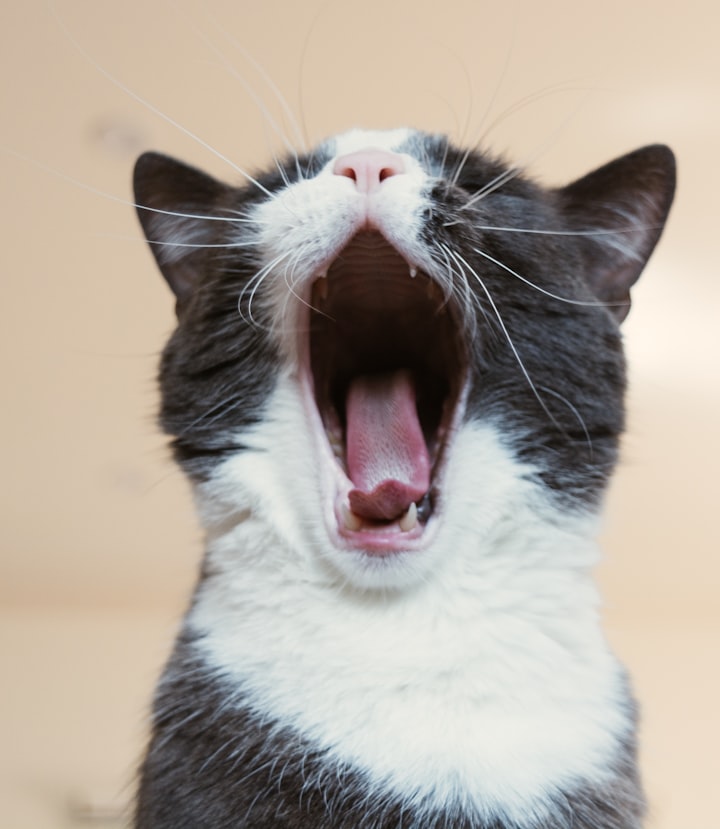Sunshine!
No, it really is still rainy here . . .

"Sunshine" is the name of the adorable little doeling that I got from JKL Farms last year. Honestly, I've never been more satisfied with a doe that I've purchased. She's a little irascible, as Nigerian Dwarf goats often seem to be, but she's beautiful and--for the most part--she's gentle. Before she arrived here, she had been to a few goat shows. While she didn't earn legs toward her championship, she was deemed good enough for breeding. I was fortunate to get her.

The farm from which I bought her is focusing on creating a line of Nigerian Dwarf goats who produce a lot of high-quality milk and who show well. Goat shows, like dog shows, are demanding places that try an animal's patience. Good temperament is needed for a good show goat: just like a show dog, a goat being shown needs to be around other goats and around lots of people, for many hours at a time. Sunshine has good temperament in spades, which is great for a dairy goat. While she does like to play "duck and dive" on the milking stand, she's never been aggressive. The first time I trimmed her feet, Sunshine expressed her displeasure at my forward behavior by turning her head and nibbling at my hair. My late Lamancha doe, Mimi, would have expressed her displeasure by either butting me or biting me! Even if I never show a single goat, I will continue to breed on for temperament. It's just that important.
"BuckyBoo"

This year's kidding season seemed to be difficult for a lot of goat keepers, not just dairy goat farmers, but also for those who raise goats for meat. I belong to several goat pages on Facebook and I don't think that I've seen a worse year for reports of stillbirths and poor positionings that caused does to die in delivery. We were hit here, too. Sunshine was massive with kids and I fed her appropriately. We still lost three of the four of them to stillbirths. Two of them were the does that I needed to increase and improve my herd. As grateful as I am to have one live kid to raise, I really wish that "he" had been a "she." He's amazingly friendly and good natured, plus he's as handsome as can be.
Because BuckyBoo is a buckling (a male goat kid), he won't be staying here unless he is far and away superior to Screechy. He's a purebred Nigerian Dwarf kid and both his parents are registered (although he's not)--he might be a nice addition to my herd as a future stud or to someone else's herd. Right now, I'm just enjoying him and his antics. I've got about a year to make a decision on what to do with him, as he will not be sold as a pet. And yes, right now he has a silly "I'm not going to get attached to him and label him with a good name" type of name. If and when he gets a "good" name, it will begin with the appropriate letter for 2024 and will be something that won't embarrass me when people look up his pedigree. (For the record, "Screechy" is only a barn name and isn't on his registration papers.)
Milk Sharing with BuckyBoo
BuckyBoo is just shy of five weeks old. He'll be nursing for another six weeks or so, before he's completely weaned. When he was three weeks old, we started "milk sharing;" that is, starting when he was at around three weeks and starting to nibble at food, BuckyBoo is able to nurse on demand for only 12 hours a day. When I feed and milk Sunshine at night, I separate them: he goes on the opposite side of some 2x4" wire fencing that I've strung across her nighttime pen. They can interact with each other and even sleep touching each other, but he can't nurse. In the morning, I feed and milk Sunshine again, then they get to go out of the pen and browse/graze together. It took two days for him to stop calling for her at night, and now he sometimes goes into his pen without prompting.
In my opinion, milk sharing is "fairest" to the homesteader and to the goats. It reduces the work that would come with bottle feeding--not a bad job with only one kid, but a pain when feeding more than one, even with a lambar feeder, which will need twice daily filling and cleaning. Milk sharing also allows the homesteader to enjoy the milk that the doe(s) produce(s), rather than watching the kids drink it all. At the same time, milk sharing allows the doe to nurture her kid(s), allowing the kid to grow into a stable-minded, healthy goatling. Milk sharing also allows a doe to rest comfortably at night, preventing the loss of condition that we sometimes see in attentive moms. At weaning, kids have already learned to eat solid food and how to interact with their world independent of their dams. Adjusting to a new pasture or to a new home is less traumatic. Other than the diminished milk supply to the homesteader, I see few drawbacks to milk sharing.
To be fair, there is an argument for bottle feeding. Some people, through no fault of their own, may not have a "clean" herd. That is, somehow their goats have been infected with a disease that dams can spread to their kids through their saliva or through their milk. While these goats can live long and natural lives with their herds and will not pass these infections on to human beings through their milk, they should not wash their kids at birth or nurse them afterwards. In such cases, "pulling" their kids at birth and bottle feeding them with milk replacer or milk from another doe is imperative and is part of the process of developing a clean herd as the infected does leave the gene pool.
What's Next for Sunshine?

Sadly, there are no spring shows in the offing for Sunshine. When BuckyBoo was born, I (foolishly!) failed to milk her out for almost the entire three weeks before milk sharing, so her left teat is less developed than her right one. In my defense, I've never done milk sharing with a singleton before and the thought of one teat being favored over the other never crossed my mind! This issue will largely correct itself as the kid nurses on her less and I milk her similarly on both sides twice each day. It will, however, take longer than the spring shows will run, so if I plan to try showing her, I will have to wait until the fall.
As I noted above, Sunshine comes from a great line of milkers. I'm regularly getting an entire pint from the right side of her udder and around three ounces from the left! Given that goats aren't vending machines, production has gone up and gone down each day, but I expect that she'll produce close to a half gallon of milk daily after BuckyBoo is weaned. Not bad for a "first freshener" and a Nigerian Dwarf, at that!
Sometime in May, I will talk to her breeder and see if we can start "drying her off" in August and breed her again in October. This time, I would like to breed her to the male on her farm that I had really wanted to use (thanks, Screechy! Love ya!). I will probably breed her annually for a few years, then give her a break for a year as the herd increases. Until then, she'll continue to be a great mom and my herd queen, enjoying her kids and her potato chips during her reign.
About the Creator
Kimberly J Egan
Welcome to LoupGarou/Conri Terriers and Not 1040 Farm! I try to write about what I know best: my dogs and my homestead. I currently have dogs, cats, dairy goats, quail, and chickens--and in 2025--rabbits! Come take a look into my life!






Comments
There are no comments for this story
Be the first to respond and start the conversation.